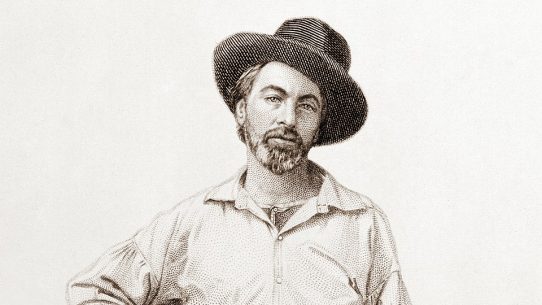Edna St. Vincent Millay (1892–1950) was one of the most acclaimed American poets of the twentieth century. Celebrated for her mastery of traditional forms and her daring exploration of love, individuality, and passion, she gave voice to a generation seeking artistic and emotional freedom.
With lyrical precision and fierce independence, Millay redefined what it meant to be both a woman and a poet in modern America.
Early Life and Education
Millay was born in Rockland, Maine, the eldest of three daughters. Her mother, Cora, nurtured her love of literature and encouraged her to write poetry from an early age. After her parents separated, the family faced financial hardship, but Edna’s natural talent and determination set her apart. She gained early recognition when her poem Renascence was published in The Lyric Year (1912), earning widespread praise for its emotional depth and technical mastery.
In 1913, Millay enrolled at Vassar College, where her wit, beauty, and intellect made her a celebrated figure. She graduated in 1917 and moved to New York City, where she became part of the vibrant artistic and bohemian community of Greenwich Village. There, she immersed herself in the theater, activism, and the modern spirit of personal liberation that would define her work.
Literary Career and Major Works
Millay’s first collection, Renascence and Other Poems (1917), established her as a major new voice in American poetry. She followed it with A Few Figs from Thistles (1920), a provocative and witty collection that challenged conventional morality and celebrated female independence. The volume’s frankness about desire and self-expression shocked some readers but thrilled others, cementing her reputation as both a literary and cultural icon.
Her collection The Harp-Weaver and Other Poems (1923) won the Pulitzer Prize for Poetry, making her one of the first women to receive the honor. During this period, she also wrote several successful verse plays, including Aria da Capo (1919) and The King’s Henchman (1927), which were praised for their musicality and social insight. Throughout the 1920s and 1930s, Millay toured widely as a reader and performer, captivating audiences with her eloquence and presence.
Style, Themes, and Influence
Millay’s poetry masterfully combines classical structure with modern emotion. She revitalized the sonnet form, using it to explore love, freedom, mortality, and the conflict between passion and restraint. Her verse is distinguished by its musicality, precise diction, and fearless emotional honesty. She often wrote about the struggle between the intellect and the heart, capturing the complexities of human experience with clarity and grace.
As one of the leading voices of the “New Woman” movement, Millay embodied the ideals of independence, creativity, and equality. Her poetry defied traditional gender expectations, asserting that a woman’s voice could be both sensual and intellectual. Her influence can be traced through later poets such as Sylvia Plath, Anne Sexton, and Adrienne Rich, all of whom expanded on her example of unflinching emotional truth.
Later Life and Legacy
In 1923, Millay married Eugen Boissevain, a supportive partner who respected her independence. The couple lived at Steepletop, their home in Austerlitz, New York, where Millay continued to write and host fellow artists. Her later collections, including The Buck in the Snow (1928), Fatal Interview (1931), and Wine from These Grapes (1934), reflect both personal struggle and artistic maturity.
Millay’s later years were marked by physical pain following a car accident and by the emotional toll of World War II. Despite these hardships, she remained devoted to her art. She died in 1950 at the age of fifty-eight, leaving behind a body of work that continues to resonate for its passion, courage, and beauty.
Notable Works
Among Millay’s most celebrated works is Renascence (1912), the poem that first brought her national fame for its spiritual vision and lyrical force. A Few Figs from Thistles (1920) challenged societal expectations with its witty, rebellious tone, while The Harp-Weaver and Other Poems (1923) earned her the Pulitzer Prize and showcased her mastery of form and feeling.
Her sonnets “What lips my lips have kissed, and where, and why” and “Love is not all” stand as some of the finest love poems in the English language, capturing both vulnerability and strength. In Aria da Capo (1919) and The King’s Henchman (1927), Millay demonstrated her dramatic range and poetic innovation. These works, together with her later collections, affirm her status as one of America’s most versatile and enduring poets.
Millay’s legacy endures not only through her art but through her example as a woman who lived and wrote with fearless authenticity. Her poetry remains a testament to the power of language to unite intellect, emotion, and independence.




